Innovative Intersections Make Roads Safer
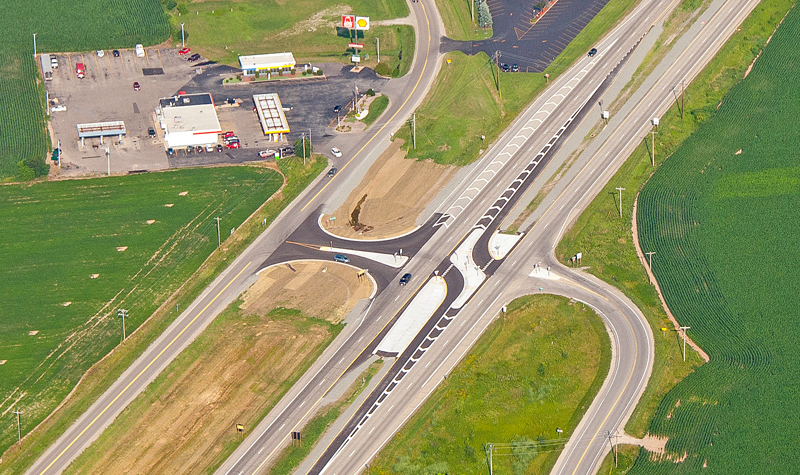 By Kevin Kuhlow, PE, and Alexander Cowan, PE, PTOE
By Kevin Kuhlow, PE, and Alexander Cowan, PE, PTOE
Most drivers have either been involved with or have witnessed a scary crash or near miss at an intersection.

About the Expert:
Kevin Kuhlow, PE, manages transportation services in our Madison, Wisconsin, office. He has been involved with developing hundreds of innovative intersections and roundabouts throughout North America.
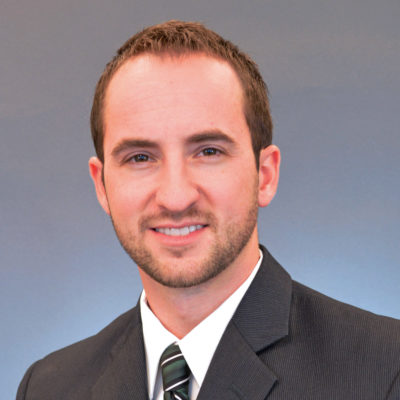
About the Expert:
Alexander Cowan, PE, PTOE, is a traffic engineer based in our Waukesha, Wisconsin, office. He performs intersection and signal design, traffic analysis, transportation management plans, and specializes in microsimulation modeling.
The Federal Highway Administration (FHWA) estimates, using data collected through 2019, that about one-quarter of traffic fatalities and half of all traffic injuries in the U.S. occur at intersections. Left turns at intersections are a particular problem for causing severe injury and fatal crashes. The FHWA says left-turn crashes account for over 20% of fatal crashes at intersections.
What are Innovative Intersections?
Sometimes the best way to provide safer intersections for motorists is through innovative intersection design.
A couple of similar innovative intersections Ayres has worked on recently are median U-turns and restricted crossing U-turns. The goal of both is to improve traffic flow and safety at intersections by eliminating dangerous left turns.
How Does a Median U-turn Work?
The images below show a median U-turn (MUT) intersection we are designing for a client in Florida.
In the graphic below, a vehicle traveling eastbound along the red line wants to make a left turn to go north at the intersection. That turn is not allowed at the main intersection, so the vehicle continues straight through the intersection to a signalized U-turn intersection and then comes back to the main intersection to make a right turn to go north.
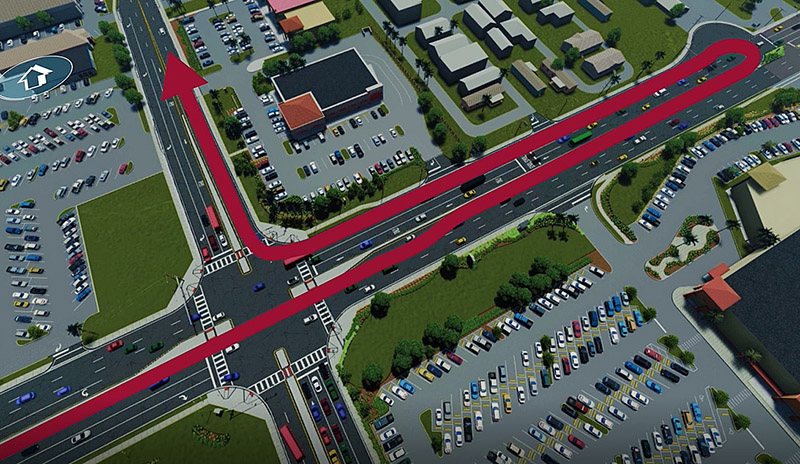
In the graphic below, a vehicle traveling northbound along the blue line wants to make a left turn to go west at the intersection. Again, that turn is not allowed at the main intersection, so the vehicle turns right, makes a U-turn, and then continues straight through the main intersection.
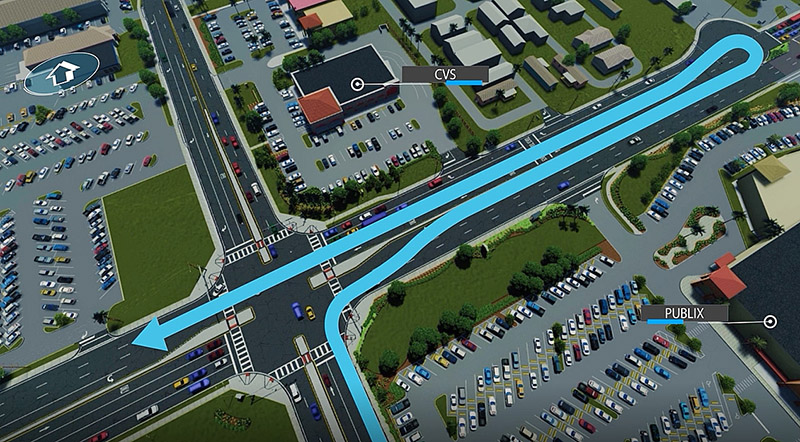
How Does a Restricted Crossing U-turn Work?
A restricted crossing U-turn (RCUT) is an innovative design used most often where a main road intersects with a minor road.
The RCUT differs from an MUT by restricting straight-through movements along the minor road. Another difference is the RCUT often allows left turns from the main road to the minor road through the use of dedicated left-turn lanes. That left turn may or may not be controlled by a traffic signal.
In the image below from a project Ayres is designing in Wisconsin, a vehicle traveling on the minor road (red arrows) must turn right and then use the U-turn to either go straight on the major road or make a right turn to continue on the minor road. You can see the dedicated left-turn lanes for the major road in the center of the intersection.
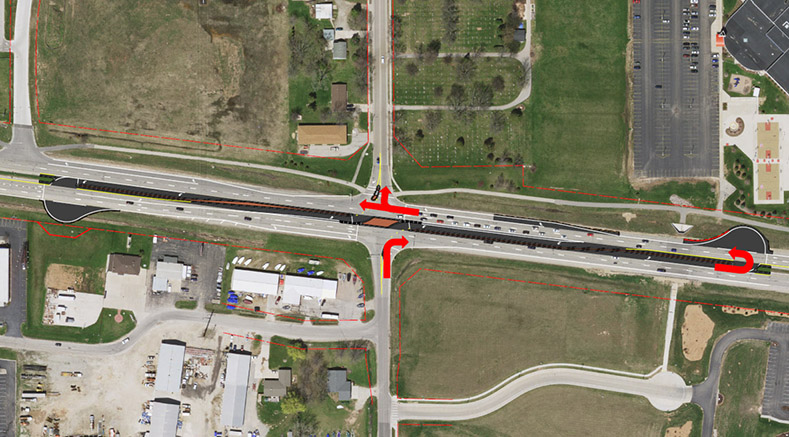
These are just two of the innovative intersections designed recently at Ayres. For more information on making your intersections safer, view our projects and contacts list on the roadway design section of our website.

Post a comment: